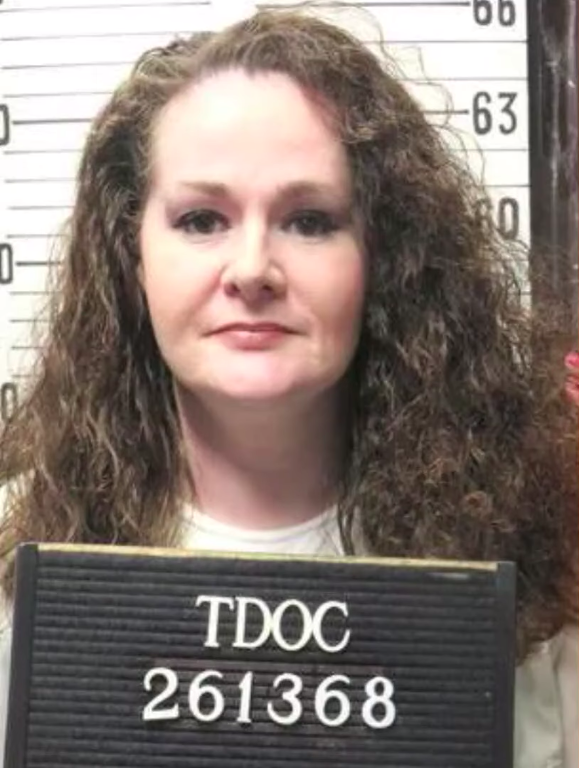Female on Death Row: How Gender Shapes America's Harshest Punishment

Only a tiny fraction of those condemned to death in the United States are women. Yet their stories reveal how gender, trauma, and systemic bias combine to influence who receives the death penalty and how they are treated.
With 48 women currently on death row—just 2% of the total—their cases highlight questions about fairness, justice, and the impact of gender stereotypes in capital punishment, according to the Death Penalty Information Centre.
A Minority Facing the Ultimate Penalty
Women sentenced to death are statistically rare, but research shows their pathways to execution differ sharply from men's.
A 2024 report by the World Coalition Against the Death Penalty found that nearly all female defendants had histories of severe trauma, including domestic abuse, sexual violence, or neglect. Many of these experiences were never presented as mitigating evidence in court.
The Gender Matters study further revealed that 96% of women on death row survived gender-based violence, while 80% lived with psychosocial or intellectual disabilities. Notably, 71% had no prior criminal record prior to the crimes that led to their sentencing.
A Case in Point: Christa Pike
One of the most notable examples is Christa Pike, the only woman on Tennessee's death row. Convicted at 18 for the 1995 torture and murder of a fellow student Colleen Slemmer, Pike has spent decades awaiting execution. Her legal team cites her youth, history of abuse, and untreated mental illness in arguments for clemency.
The Associated Press reported in 2023 that Pike's execution date had been set alongside three male prisoners, reigniting debate about how gender and trauma intersect in death penalty cases.
Campaigners say her case highlights how women who fall through cracks in social and mental health systems often end up punished most severely.
Crimes Often Involving Loved Ones
The data also show women's crimes frequently involved people close to them. Nearly half were convicted of killing children in their care, while a fifth killed intimate partners. Male co-defendants featured in two-thirds of these cases, underlining the complex dynamics of responsibility and influence in such prosecutions.
The Gender Matters study, which examined 48 cases of women sentenced to death between 1990 and 2023, found that 96 percent had survived gender-based violence, while 80 percent lived with intellectual or psychosocial disabilities. It also revealed that 71 percent had no prior criminal record before the offence that resulted in their death sentence.
The Death Penalty Information Centre noted that juries and judges, most of whom were male, often viewed these crimes through the lens of gender stereotypes--either casting the women as 'evil' for violating expected roles, or showing 'chivalry' by sparing them.
The Harsh Reality Behind Bars
Although just 17 women have been executed since 1976, the broader picture raises concerns. The Sentencing Project has documented a 43% increase in women serving life without parole between 2008 and 2020, showing extreme sentencing is expanding rather than replacing capital punishment.
Legal scholars at Cornell Law School argue that gender bias shapes every stage of capital cases—from prosecutorial decisions to jury perceptions and the handling of evidence about trauma.
A report by the American Civil Liberties Union highlighted conditions where women were locked in solitary-like confinement, allowed little recreational time, and subjected to harassment by prison staff. Advocates argue that such treatment compounds the trauma many of these women already endured before incarceration.
While women make up a fraction of those condemned to die, their stories expose broader questions about justice.
Calls for Reform
Campaigners insist that acknowledging these gendered patterns is vital if the United States is to apply the death penalty fairly.
For some, the rarity of women's executions--only 17 since 1976--does not signify leniency, but rather a troubling reality: those who end up on death row are often the most vulnerable, with backgrounds of violence, poverty and mental illness that the justice system failed to account for.
As the US grapples with the future of the death penalty, the fate of women on death row underscores a central truth: America's harshest punishment is not only about crime and law but also profoundly shaped by gender, trauma, and inequality.
© Copyright IBTimes 2025. All rights reserved.





















